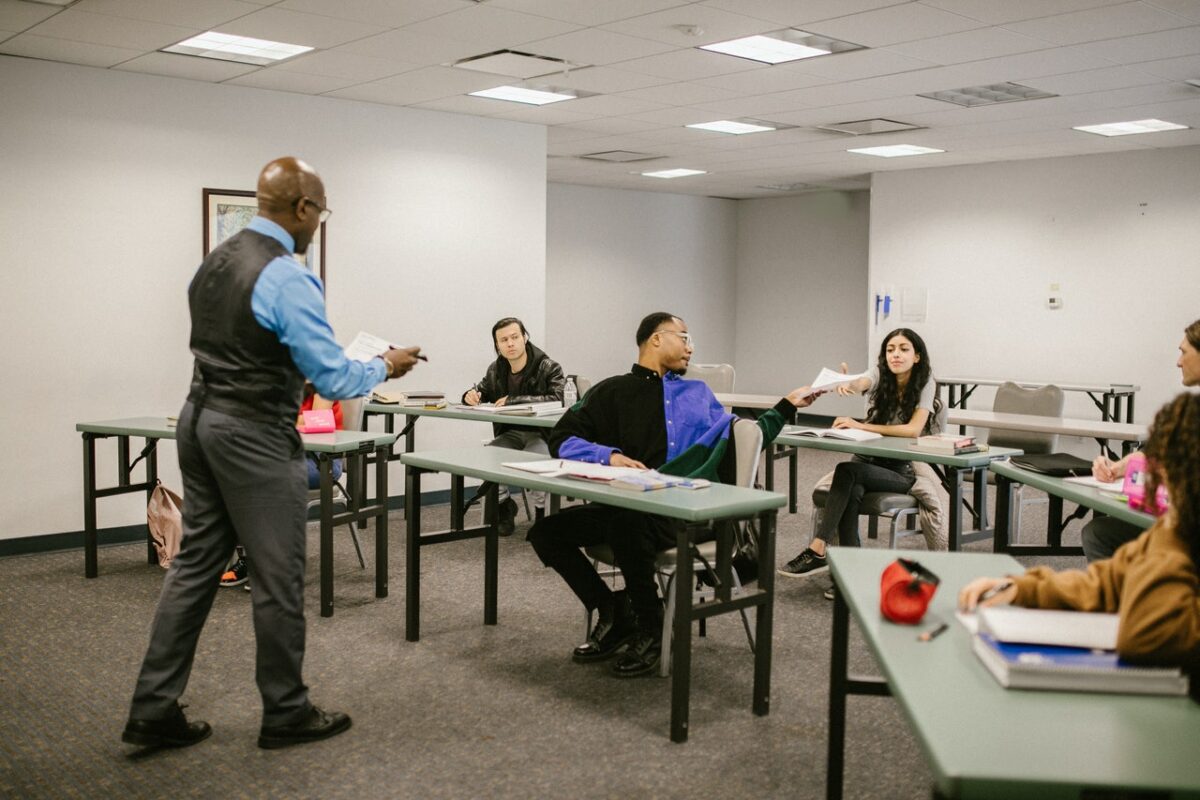“Open window policy unworkable”: Teachers call for better ventilation solutions in schools, with a quarter working in rooms with no windows

Shockingly, a quarter of teachers (27%) say implementing the government’s open window policy isn’t possible, because they work in classrooms where windows cannot be opened, according to new research released today (7 January 2022). This means around 162,000 teachers are working in classrooms with no ventilation (@phsgroup).
The figures, released just a few days into the new school term, were revealed as part of a Whitepaper released by the phs Group.
The paper showed that three in four (74%) education staff are disappointed in central and local government for failing to find a better solution for air purification in schools. Almost 70% of school staff voiced concern about being put at risk of COVID infection, with a quarter foreseeing regulating COVID in classrooms during the approaching winter months difficult to manage.
The independent research**, conducted with education staff across the UK and commissioned by phs, the organisation leading a major study into pollution and air quality in schools alongside the University of Surrey**, worryingly found a fifth (21%) of teachers claim they do not understand or are not familiar with the Government’s open window policy. This policy dictates that windows should be opened in classrooms to ventilate the air and purge potential viruses.
The University of Cambridge’s Professor Paul Linden, an expert on the role of ventilation in the airborne transmission of COVID-19 said:
“If we’re going to keep our schools open we have to keep our children and teachers safe.
“We know that poor ventilation increases the risk of infection. COVID is spread through airborne particles that can be filtered from the air and removed by introducing more fresh air. Opening windows is just the first step, and we have to ask ourselves how practical this is, and how much responsibility can we put on teachers? How much do we open windows and for how long? Every classroom is different and ventilation is complicated; we can’t expect teachers to be ventilation experts. The best answer has to be a combination of solutions that suits each classroom”
A fifth (21%) of teachers expressed the Government’s current guidelines on ventilation were impractical, with a further quarter (25%) saying it caused more problems. A quarter (24%) of educators claimed it causes more viruses due to students and teachers being cold in the classroom, leading to causing further absenteeism with half (52%) saying they have more staff off than ever before.
David, 35 is a teacher in Leeds. He said:
“As a primary school teacher so I’m lucky enough to work in the same classroom every day and we’re lucky enough that we have windows to open. But it’s not that simple. There are days when it’s minus-one outside, and we have all the windows and the fire doors open to keep the classroom ventilated. Having the fresh air come in makes us feel more at ease but on the flip side it’s freezing and the kids are in coats, hats and scarves in the classroom. Being this cold can’t be conducive to good learning, it’s another obstacle to teaching.
“We hear in the news that the Government has invested in ventilation at schools, but neither I nor any colleagues across the country can see any tangible improvements. I’d like political leaders to come and see what teaching in a classroom is like at the moment, and how difficult it is for both teachers and learners.”
Nine in 10 education staff said there was between one and 10 rooms in their school with windows that couldn’t be opened, with half of staff (50%) saying it was impossible to implement the open window guidelines in five to 10 classrooms at their school.
Chris Brown, head of public sector at phs said:
“A lack of indoor ventilation, as well as a range of other factors, is causing teachers increasing anxiety, at the start of a difficult year for the profession. Teachers deserve better protection.
He continued:
“Governments need to support schools, to help them understand the solutions available and provide guidance alongside funding to improve indoor air quality. Action needs to be taken and air purifiers installed now before more disruption in education settings occurs. Pupils, teachers, assistants, canteen staff, office managers; every individual should be provided with the best possible environment to learn, work and stay healthy.”












Responses